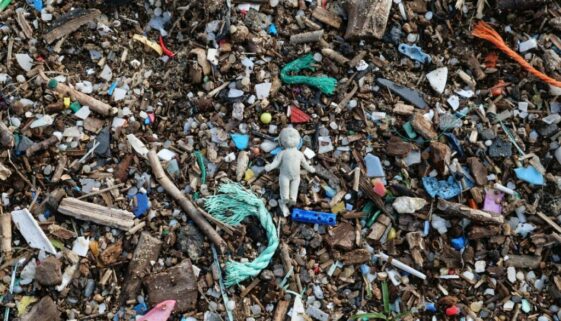Of Milk Or Men
Currently, milk is the third most popular beverage in the Western world. However, most people don’t think about the enormous environmental cost of this drink. This article explores three more environmentally sound alternatives.

Currently, milk is the third most popular beverage in the Western world. However, most people don’t think about the enormous environmental cost of this drink. This article explores three more environmentally sound alternatives.

Green Tea is touted for its health benefits. Unfortunately, traditional green tea is made by both clear-cutting forests and releasing greenhouse gases. There is a sustainable solution.

People consume chocolate for a variety of reasons. This snack comes with a large environmental toll. There is a sustainable option.

Every day millions of bags are placed in landfills. Furthermore, chemicals used to create plastic bags are carcinogenic and can cause liver, kidney, and brain damage. There is a sustainable alternative

Plastic tends to break down into tiny long-lasting fragments (usually less then 5 millimeters in size) called microplastics. Consequently microplastics are making their way into our bodies, which is causing numerous health problems. The solution to keeping microplastic out of the environment and our bodies is multifaceted, but attainable with enough commitment from the public.

Tick control began in the mid-1800s for both people and livestock. Subsequently, since 1967, chemical pesticides called acaricides have been used.

Every day, people in the developed world pour toxic compounds into their washing machines. However, there are sustainable solutions.

Annually, up to a billion birds die from window collisions in the United States. This is caused by birds’ poor contrast sensitivity. Fortunately, there are several solutions available to reduce this tragic outcome.

Dishwashing detergents employ chemicals that are destroying our bodies and the environment; however, there are green alternatives that can be utilized.

Trees can be used to create cheap paper products; however, the process creates harmful byproducts such as volatile organic compounds (VOCs), nitrous oxides, sulfur oxides, and methanol. In contrast, agricultural residues like corn stalks and sugarcane bagasse offer a more sustainable alternative for paper manufacturing.